What is the 20/80 Rule? You might say it’s when 20% of the people do 80% of the heavy lifting. You might also see that it’s when 20% of you wants to commit to something and 80% of you does not.
“We all have burdens and we need to learn to carry each other’s burdens, lighten each other’s load.”
Ann Romney
Improve Your Employee AND Customer Satisfaction
Your customer satisfaction is directly tied to your employee satisfaction. Your employee satisfaction is directly tied to your ability to dismantle the proverbial 20/80 rule; the condition in which 20% of your people do 80% percent of the work. To do so requires examining the contributing factors for why so many people don’t fully engage in their life and work? This story of one client holds several clues.
My client is at a crisis point concerning her physical health. She has the choice of either ‘eating to live’ or literally ‘dying to eat.’ She has been the embodiment of the 20/80 rule. A significantly low percentage of her has been engaged in choosing good health and well-being, while the majority of her has abdicated healthy self-care.
To many, my client might be judged as lazy, uncaring or irresponsible. The truth is that somewhere along the line, she stopped believing extraordinary results in her health were possible. Then she maintained an illusory position of indecision, which has not been indecision at all. She avoided directly addressing her health. And to a large extent, she gave up hope. The same is true regarding the health of many workplace cultures, in which the 20/80 rule is considered a given; a way of life.
As in the case of my client’s physical health, the biggest reason organizational health is largely unrealized is that it requires courage on the part of every person. Leaders and employees must be willing to confront themselves, their peers and the dysfunction in their workplace with an uncommon level of honesty and persistence. They must be prepared to walk straight into uncomfortable situations and address issues that prevent each from realizing their highest potential.
The dysfunction I am referring to is the magnitude of our limiting beliefs. When I asked my client what her “why” would be, should she choose to change her lifestyle, her response was, “So I don’t have to go on dialysis”; hardly an inspiring motivation. Her idea of a 10 in her life is highly minimalistic. She doesn’t believe more can be accomplished.
The obvious reasons so many people are stuck in the 20/80 cycle include poor or no strategies for change, and a lack of clear, unified and inspiring purpose. Here are just a few of the less obvious reasons. We don’t realize how unconscious we are, how many limiting beliefs are in play, how many options we can’t see, how undeveloped our internal motivation, how quickly we give up, how often we settle for bare minimum and how regularly we blame and lean on others to take responsibility. In other words, we don’t realize how much we choose to be a victim. We don’t believe we can change and that what we want is possible. We don’t recognize how hopeless we become.
In order to break the 20/80 rule, each person must put on courage and exercise choice. There is no neutral. WE are either part of the problem or part of the solution. We are not lazy or uncaring. But when we live the 20/80 rule internally or externally, we are however, irresponsible. Each must choose to fight for excellence and claim the potential possible. So…challenge the 20/80 rule today with determined intent to break it.
This article was published nationally in St. Louis Small Business Monthly in the column The Extraordinary Workplace, April 2013.




